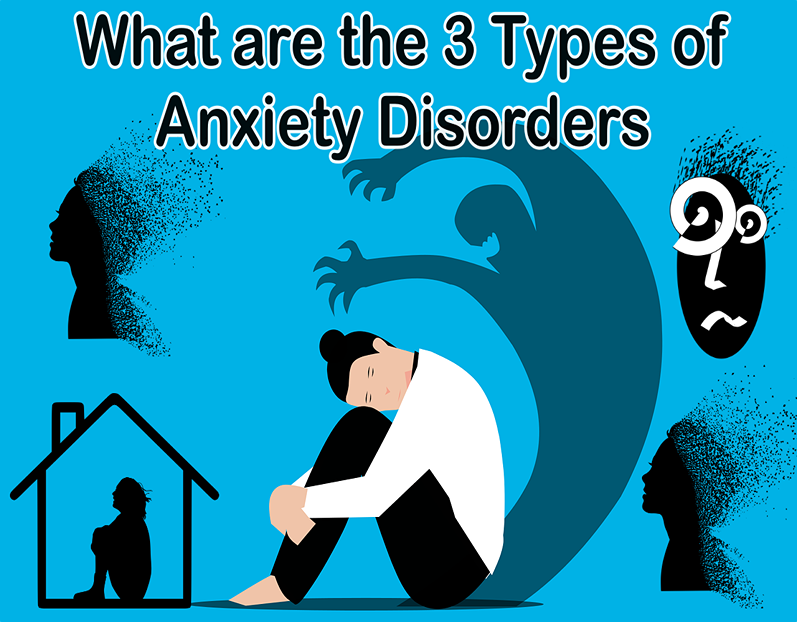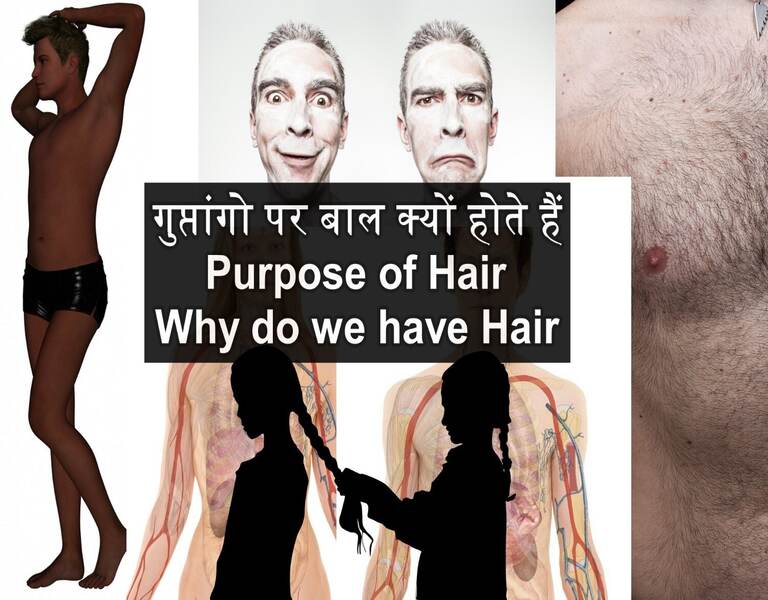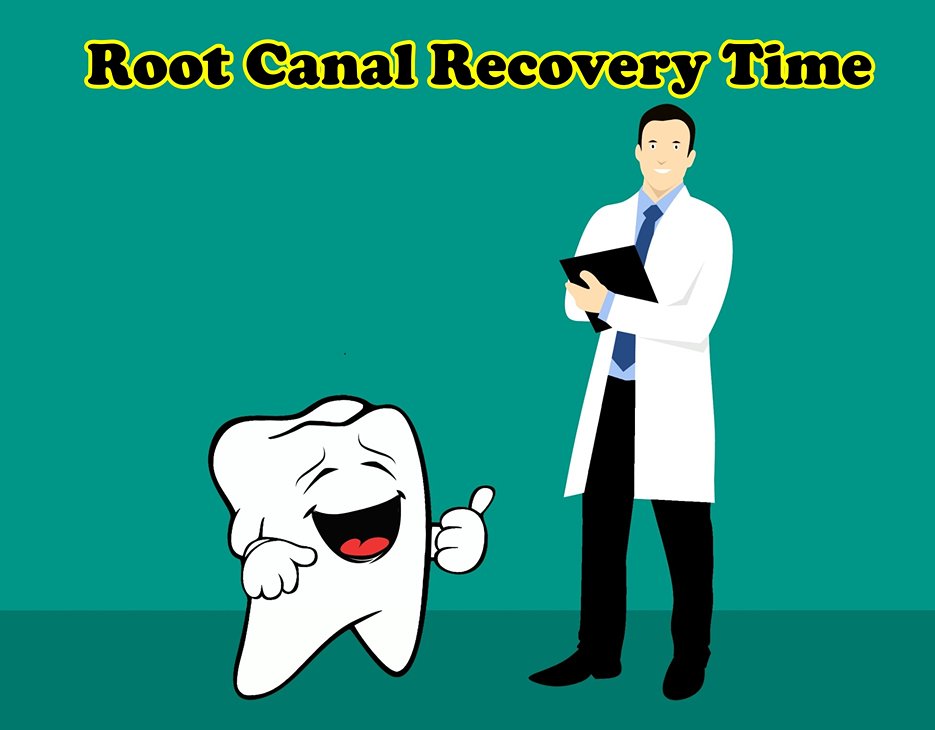What are the 3 Types of Anxiety Disorders
Anxiety disorders are a group of mental health conditions that are characterized by excessive and persistent worry, fear, and nervousness. These disorders can have a significant impact on a person’s daily life, causing them to avoid certain situations, experience physical symptoms such as rapid heartbeat and sweating, and interfere with their relationships and work. There are several types of anxiety disorders, each with unique symptoms and treatment approaches. In this blog post, we will explore the most common types of anxiety disorders and their features in detail. What are the 3 Types of Anxiety Disorders – Healthline
Generalized Anxiety Disorder (GAD)
Generalized Anxiety Disorder is characterized by persistent and excessive worry and anxiety about various everyday events and activities, such as work, family, health, or finances. People with GAD often feel restless, irritable, and have difficulty concentrating. The symptoms of GAD must persist for at least six months for a diagnosis to be made.
Panic Disorder
Panic Disorder is characterized by sudden and intense episodes of fear and panic, also known as panic attacks. These episodes typically last for a few minutes and involve symptoms such as palpitations, sweating, trembling, shortness of breath, and a feeling of impending doom. People with Panic Disorder often experience anxiety and worry about having future panic attacks, which can lead to avoidance behaviors.
Social Anxiety Disorder (SAD)
Social Anxiety Disorder, also known as social phobia, is characterized by intense and persistent fear and anxiety about social situations or performance situations, such as public speaking or meeting new people. People with SAD often worry about being judged or evaluated negatively by others and may experience physical symptoms such as blushing, sweating, trembling, and nausea. Social Anxiety Disorder can significantly interfere with a person’s social and occupational functioning.
Specific Phobias
Specific Phobias are characterized by intense and persistent fear and anxiety about a specific object or situation, such as heights, flying, animals, or blood. People with specific phobias often go to great lengths to avoid the feared object or situation, which can significantly interfere with their daily life. Specific phobias are often diagnosed based on the specific object or situation that triggers the fear. What are the 3 Types of Anxiety Disorders – Healthline
Obsessive-Compulsive Disorder (OCD)
Obsessive-Compulsive Disorder is characterized by intrusive, unwanted thoughts or images (obsessions) that are often followed by repetitive behaviors or mental acts (compulsions). People with OCD often feel compelled to perform these behaviors or mental acts to relieve anxiety or prevent a feared outcome. OCD can significantly interfere with a person’s daily life and can be extremely distressing.
Post-Traumatic Stress Disorder (PTSD)
Post-Traumatic Stress Disorder is a condition that can develop after a person experiences or witnesses a traumatic event, such as a natural disaster, serious accident, or violence. Symptoms of PTSD can include intrusive thoughts or memories of the traumatic event, avoidance of triggers that remind them of the event, nightmares, and hyperarousal. PTSD can significantly interfere with a person’s daily life and can be challenging to manage without treatment.
Anxiety disorders are a group of mental health conditions that can have a significant impact on a person’s daily life. The different types of anxiety disorders, such as Generalized Anxiety Disorder, Panic Disorder, Social Anxiety Disorder, Specific Phobias, Obsessive-Compulsive Disorder, and Post-Traumatic Stress Disorder, each have unique symptoms and require different treatment approaches. If you or someone you know is experiencing symptoms of anxiety, it is essential to seek professional help to receive a proper diagnosis and effective treatment.
Anxiety Disorders Symptoms
Anxiety disorders are a group of mental health conditions characterized by intense feelings of fear, worry, and apprehension. The symptoms of anxiety disorders can vary depending on the type of anxiety disorder and the individual, but some common symptoms include:
Excessive worry and fear
Anxiety disorders can cause a person to feel a sense of dread or apprehension, even in situations that do not pose an actual threat. This excessive worry and fear can be pervasive, persistent, and difficult to control. What are the 3 Types of Anxiety Disorders – Healthline
Physical symptoms
Anxiety disorders can cause physical symptoms, such as rapid heart rate, sweating, trembling, and shortness of breath. These physical symptoms can be severe and often feel like a heart attack or other medical emergency, leading to further anxiety.
Avoidance behaviors
People with anxiety disorders may avoid certain situations or activities that trigger their anxiety, leading to social isolation and decreased quality of life. What are the 3 Types of Anxiety Disorders – Healthline
Irrational thoughts or beliefs
Anxiety disorders can cause a person to have irrational thoughts or beliefs, such as a fear of flying, even though they know that flying is statistically safe. These thoughts and beliefs can be distressing and interfere with daily life.
Intrusive thoughts or images
Some anxiety disorders, such as obsessive-compulsive disorder (OCD), can cause a person to have intrusive thoughts or images that are distressing or disturbing. These thoughts and images can be difficult to control and may interfere with daily life.
Sleep disturbances
Anxiety disorders can interfere with a person’s sleep, causing difficulty falling asleep, staying asleep, or waking up early. What are the 3 Types of Anxiety Disorders – Healthline
Digestive problems
Anxiety disorders can cause digestive problems, such as nausea, stomach pain, and diarrhea. These symptoms can be severe and often worsen during times of increased anxiety.
It is important to note that these symptoms can be caused by other medical or psychological conditions, so it is essential to seek professional help to receive a proper diagnosis and effective treatment. With the right treatment, people with anxiety disorders can manage their symptoms and improve their quality of life.
Anxiety Disorder Treatment
Anxiety disorders can be effectively treated with a combination of therapy, medication, and lifestyle changes. Here are some of the most common treatments for anxiety disorders:
Cognitive Behavioral Therapy (CBT)
CBT can help people with anxiety disorders to identify and challenge their anxious thoughts and develop coping strategies to manage their symptoms. What are the 3 Types of Anxiety Disorders – Healthline
Medication
Several types of medication can be effective in treating anxiety disorders, including antidepressants, benzodiazepines, and beta-blockers. These medications can help reduce anxiety symptoms, but they should be prescribed and monitored by a healthcare professional.
Relaxation Techniques
Relaxation techniques, such as deep breathing, progressive muscle relaxation, and mindfulness meditation, can help reduce anxiety symptoms and promote relaxation. What are the 3 Types of Anxiety Disorders – Healthline
Lifestyle Changes
Lifestyle changes, such as getting enough sleep, eating a healthy diet, and avoiding alcohol and drugs, can help reduce anxiety symptoms and improve overall mental health.
It is important to note that the most effective treatment for anxiety disorders may vary depending on the individual and the type of anxiety disorder. Therefore, it is essential to seek professional help to receive a proper diagnosis and effective treatment. With the right treatment, people with anxiety disorders can manage their symptoms and improve their quality of life. What are the 3 Types of Anxiety Disorders – Healthline













